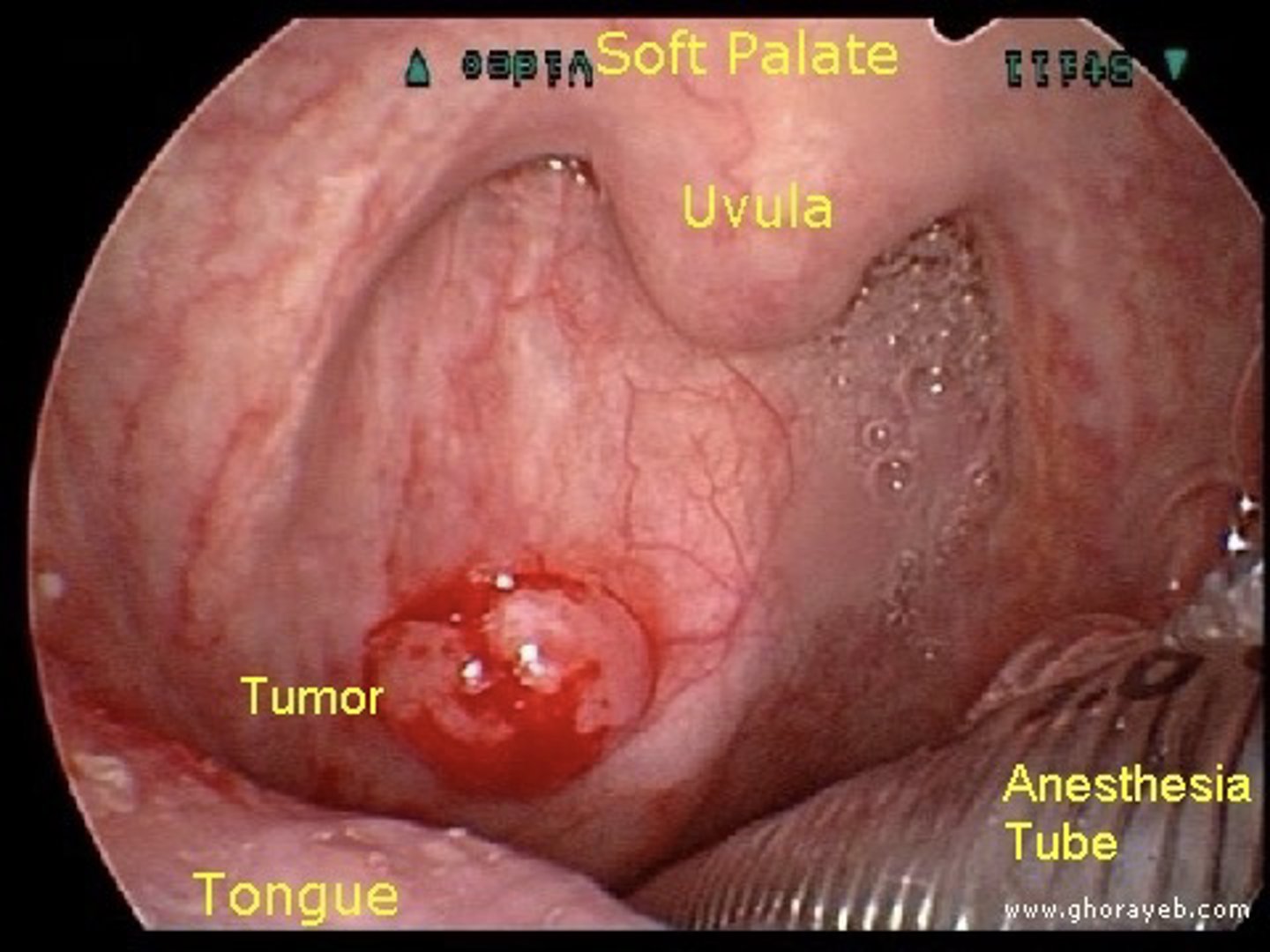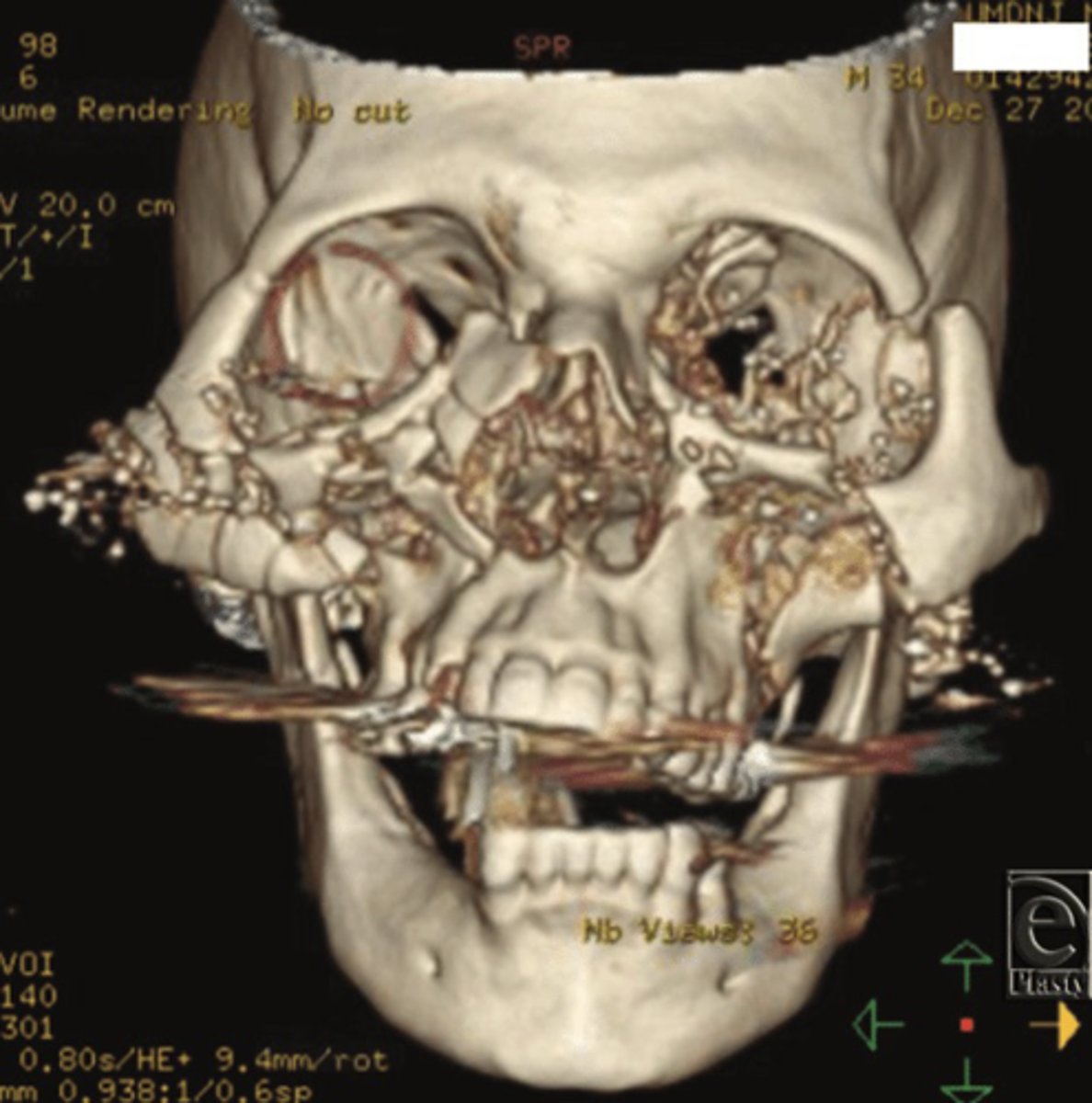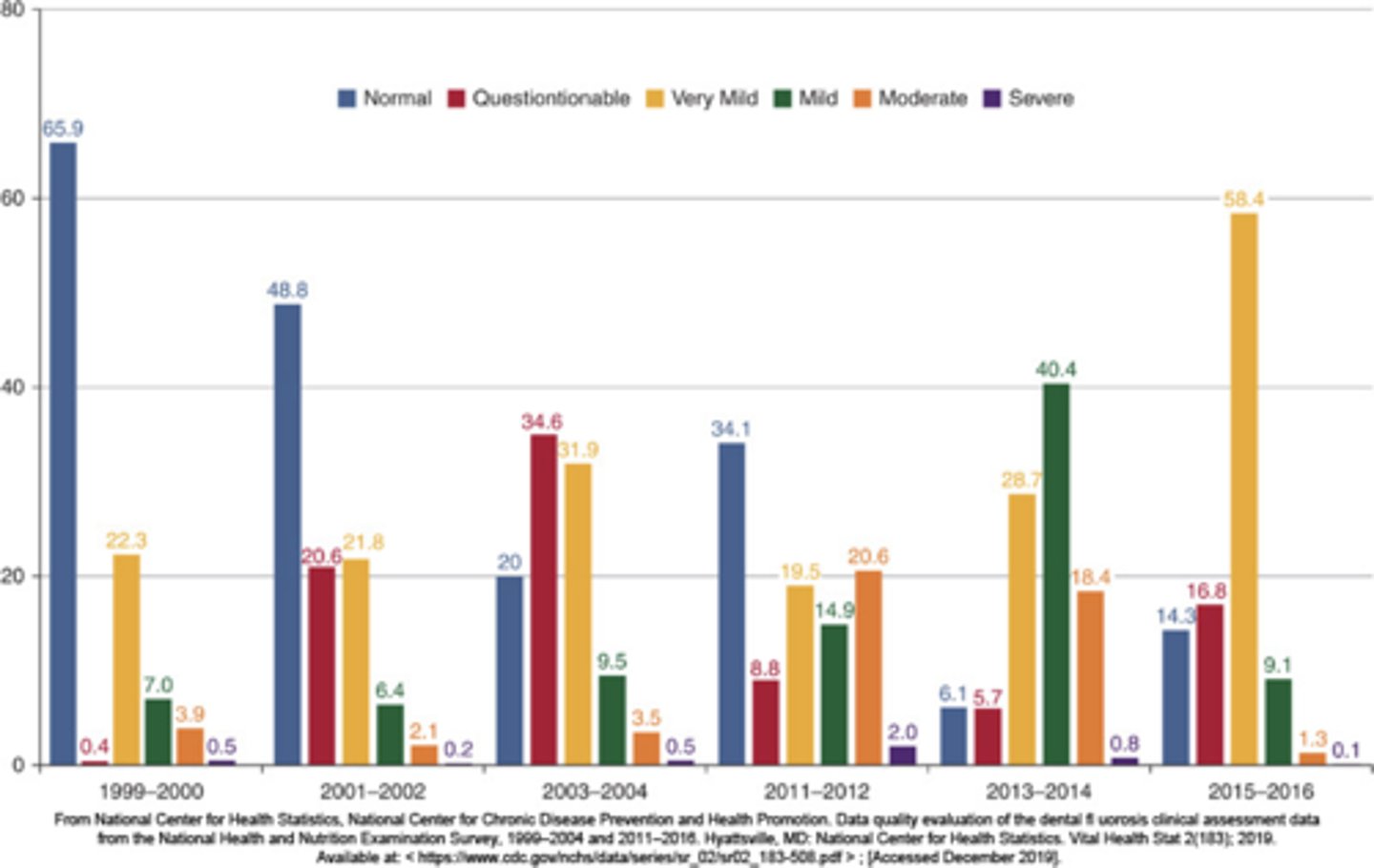DH410 U2M1 Chapter 5 Population Health
1/42
There's no tags or description
Looks like no tags are added yet.
Name | Mastery | Learn | Test | Matching | Spaced |
|---|
No study sessions yet.
43 Terms
untreated dental caries
What is the most prevalent oral condition?
premature
If oral disease are left untreated it can result in _________ death
poorer older Americans
What population of Americans are particularly vulnerable due to lack of insurance coverage?
Socioeconomic Status (SES)
What is associated with oral diseases?
Healthy People
National benchmarks have been established to assess health in the United States through what project?
dental caries
What is the most common chronic disease of children?
90%
Oral health surveillance report indicated that in 2011-2016...
- _____% of 20-64 year old have experienced dental caries
sealant
________ prevalence in primary molars among children age 3-5 increased from 1.4% in 1999 to 2003 to 4.3% in 2011 to 2012
4.3%
Sealant prevalence in primary molars among children age 3-5 increased from 1.4% in 1999 to 2003 to ___% in 2011 to 2012
True
True or False
Community Water Fluoridation benefits Americans of all ages and SES
77.1%
Healthy People 2030 has goals to increase community water fluoridation to ______%
men
Greater prevalence of periodontitis among ________, Mexican-American individuals, adults below 100% of
federal poverty level (FPL), current
smokers, and those who self-report diabetes
edentulous
17% of older adults (65-74 years) are __________
HPV
In past few decades, there has been dramatic increase in OPC linked to ____ infection

cleft lip, palate
What is the most common birth defect?
none!
Is there national data on malocclusion?

1
In 2014, approximately 7.5 million people received orthodontic treatment
• _____ in five patients were adults
sports
Injuries to the head, face, and teeth are common
• Approximately one-third are _______ related

fluorosis
Results of 2011-2015 NHANES regarding prevalence of _______ in ages 6 to 19 years

recent immigrants, homeless people, individual in rural areas
What are the top vulnerable populations that lack access to care?
dental care
Children and adults in the US do not receive clinical ______ ________:
That is essential for their:
- healthy
- growth
- development
- wellbeing
BRFSS
2018 ______ reports of dental attendance data of respondents aged 18 years and older.
last
67.68% had dental visit within the ______ year
2
10.64% had dental visit within the past ____ years
3
8.86% had dental visit within the past ____ years
5
11.18% had dental visit within the past ____ years
1
Less than ___% had never visited a dentist or clinic
less
Due to cost, the following are ____ likely to receive needed dental care:
• Females
• Those without a high school diploma or GED
• Those with low incomes
• Those who are uninsured
• Those who are disabled
third party payment
Dental insurance coverage is also called
managed care
describe health insurance that uses techniques to control the cost of providing benefits
$354
National average of dental expenditures was $_____ per capita
children
________ receive dental coverage from private insurance, Medicaid, and CHIP
Dental coverage
________ _______ varies by age, family income, race and ethnicity, and education
older
Overall coverage of adults has increased but it did not impact the _______ adult population
medicaid
Provides comprehensive medical and
dental coverage for children of low income families and some adults
CHIP (children's health insurance program)
Finance comprehensive health insurance
for children who are not eligible for Medicaid
medicare
Help provide healthcare for adults aged 65 and older
Dental public health professionals
will be called on to foster linkages for adults to access dental care in communities across the country
Inadequacy
_________ is expected to increase due to changing population trends and increased public dental insurance coverage
private
Majority of dentists provide care in __________ sector
11%
Dental hygiene has an expected
employment growth of ____% through 2028:
- among the fastest growing occupations in the nation
interprofessional practice
What is dental hygiene moving toward?
medical, dental
Increased awareness of the need to address challenge of _______-_______ collaboration